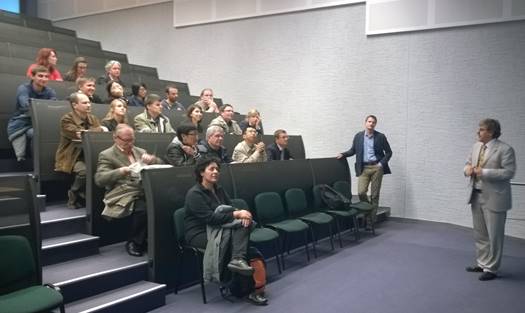CARRE Architecture
The CARRE system architecture was developed following a component based approach. Initially, we identified (a) public and private data aggregated, used and produced by the system; and (b) major system services. Major architectural components were then designed and described. Finally, the end user perspective was captured via a number of indicative sequence diagrams to illustrate…
Patient empowerment as a cognitive process
The concept of patient empowerment has emerged as a new paradigm that can help improve medical outcomes while lowering costs of treatment by facilitating self-directed behavior change. Patient empowerment has gained even more popularity since the 1990’s, due to the emergent of eHealth and its focus on putting the patient in the centre of the…
Aggregating educational resources
The aim of the educational resource aggregator is to harvest educational resources from 3rd party repositories, present these to the medical expert for annotation and rating, and output the results of the annotation (together with resource metadata) to the CARRE public RDF repository. So far we have designed the architecture of the aggregator. This aggregator…
Extracting patient’s intentions from the Web
Analysis of CARRE use cases and project aims shows that decision support would benefit from resolving two different types of patient intention: a) intention to search information on cardiorenal disease concepts; and b) intention to travel, particularly to places where environmental and dietary conditions may require adjustment to patients’ diet and physical activity. Thus the…

Avi Arabatzis

Nick Portokallidis
CARRE Consortium Meeting in Vilnius
Last week CARRE consortium held its third meeting in Vilnius, Lithuania. The meeting was held right in the middle of the medieval town while we had the opportunity to visit the impressive premises of Vilnius University Hospital. Two full days were devoted in discussing thoroughly the project progress and plans ahead. The major goal of…

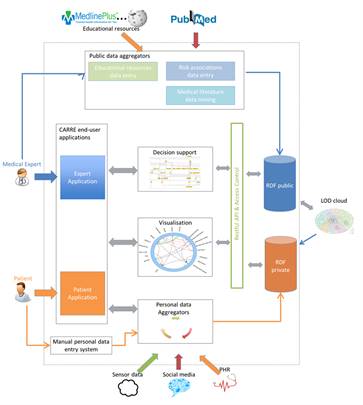
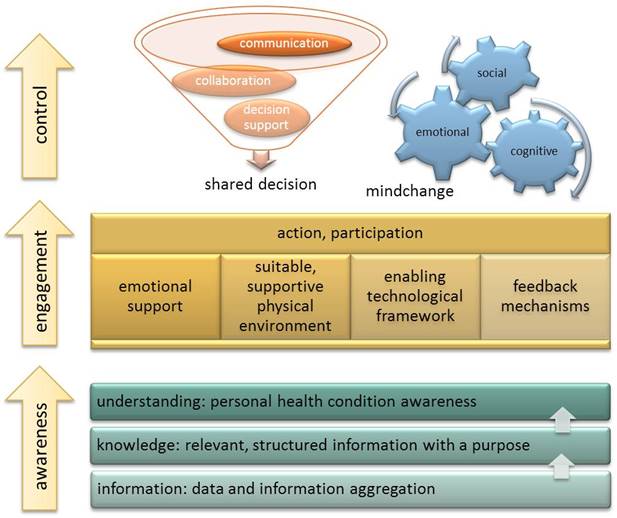
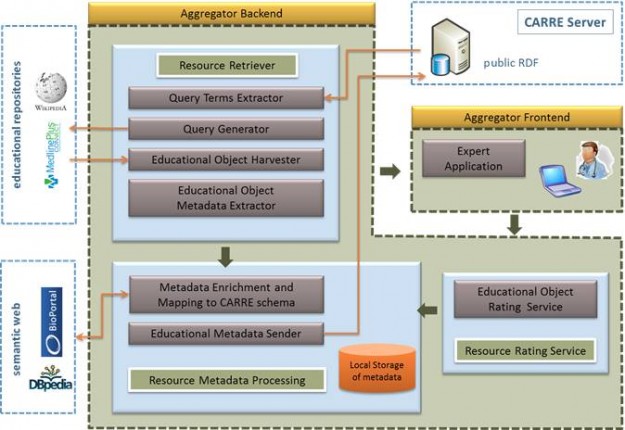
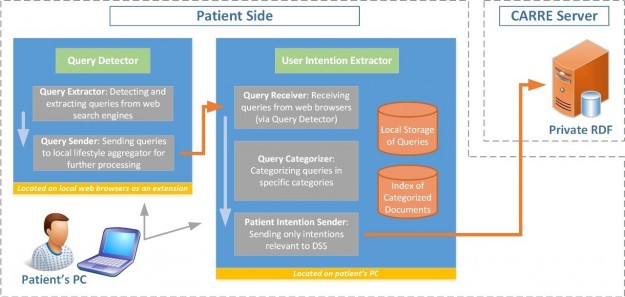

 2 images
2 images
 43 images
43 images 43 images
43 images 43 images
43 images